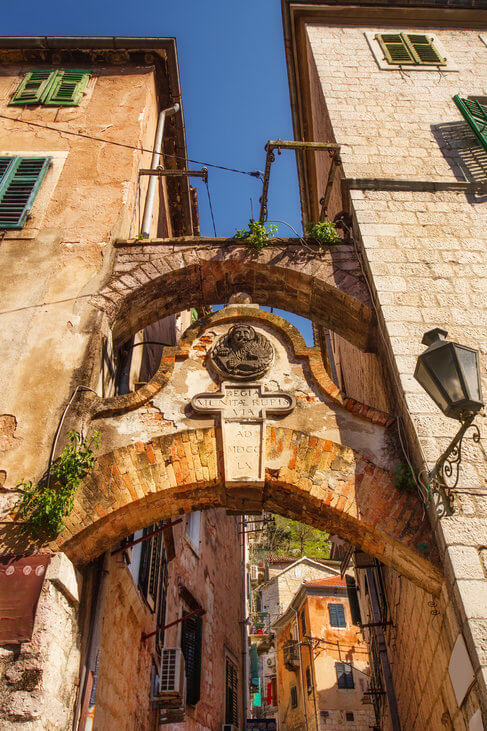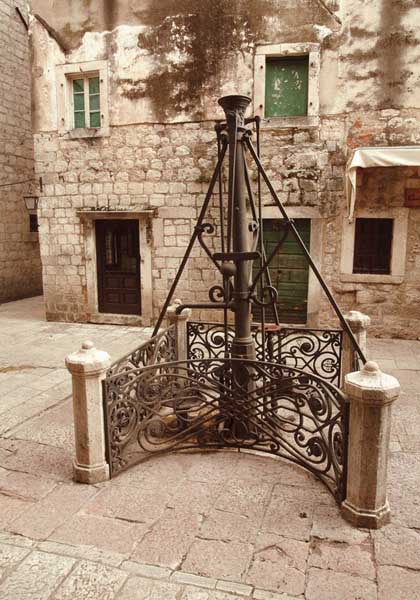A lunchtime lesson to solve a currency puzzle.
Those of you with sharp attention and memory might recall that the currency used in Montenegro is the euro. Some might have wondered how that could be since Montenegro isô not a member of the EU and Croatia, which is in the union, still uses the kuna.
Recall that in 1992 as the other former Yugoslav republics declared their independence, Serbia and Montenegro joined together to eventually form the F R Y. Without going into great detail, let’s say that by 1996 that relationship within the F R Y was beginning to fray. Under the leadership of Milo áukanoviá, Montenegro adopted its own monetary policy and began using the Deutsche Mark as its de facto currency. The country formally adopted the currency in 1999 – the same year the euro replaced the mark.
However, despite the transition to the euro, marks remained in circulation until 2002. When the mark fully disappeared in Germany, it performed the same vanishing act in Montenegro. So, since 2002, Montenegro has unilaterally used the euro as its currency. It continued to do so even after its independence referendum in 2006. The Europeans griped about the situation but never acted on it and in 2010 they granted Montenegro applicant status to the EU. Its use of the euro is now subject to the negotiation process for Montenegro’s admission to the EU proving once again that nothing about the Balkans is simple.
After lunch.
Our first task was to find a Montenegrin lapel pin for Diane. Diane, as you might recall, is the Texan who needed to find a Kodak-ee moment in Dubrovnik. Apparently, she collects pins so one of her other obsessions on the trip was finding an appropriate pin from each country we visited. In Montenegro, this was especially pressing because we only had a few hours there. Fortunately, I spotted a likely shop, she stopped in, made the international sign for “Do you have lapel pins?” which is tapping your thumb and forefinger in the spot it would occupy, and we quickly ended her quest.
As the larger group split up after lunch, the four of us who had spent the day together in Dubrovnik (Diane, Judy, Pat, and me) set off to look about Kotor. We couldn’t go too far because we had a limited amount of time before we had to meet to board the bus and return to Dubrovnik. We did revisit some of the churches and some went in but I opted to stay on the various squares. When those who wanted to see inside the churches were done, we stumbled around to find the Cats Museum.

(Thanks to Pat for sending this picture.)
Kotor doesn’t have a Cats Museum because it has some special relationship with the domestic feline nor because there are large numbers of cats wandering about the town (though some sources say there are). No, it’s mainly because one Countess di Montereale Mantica made a large donation of period images of cats which was then added to the collections of the International Cats’ Adoption Centre “Badoer” in Venice and laid the foundation for the now decade old museum in Kotor.
Some things I missed .and one I didn’t
I have just a few more items before I close this entry. First, I need to note that Pat and I have an affinity for taking pictures of signs we find interesting or amusing. Those who have followed me on previous trips know I usually have a folder of them. I spotted this one in Kotor:.
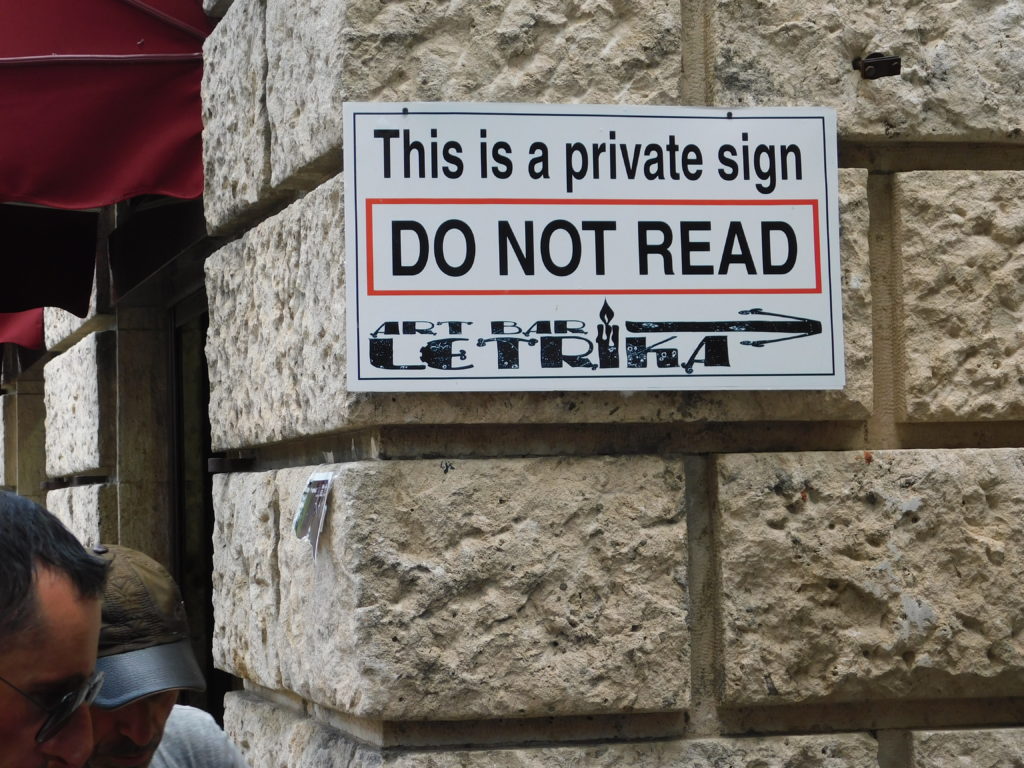
Next, I’d like to include some photos (all downloaded from other sites) of some of the things I didn’t see either because of time or choice. As reported previously, like everyone in our group, I chose not to get the view from the top of the city walls but it, indeed,ô borders on breathtaking.

If you look to the right of the boat in the photo above, you can see a narrow river running along the northern side of the city where you’ll also find the River (or Northern) Gate. Close up, the river looks like this:
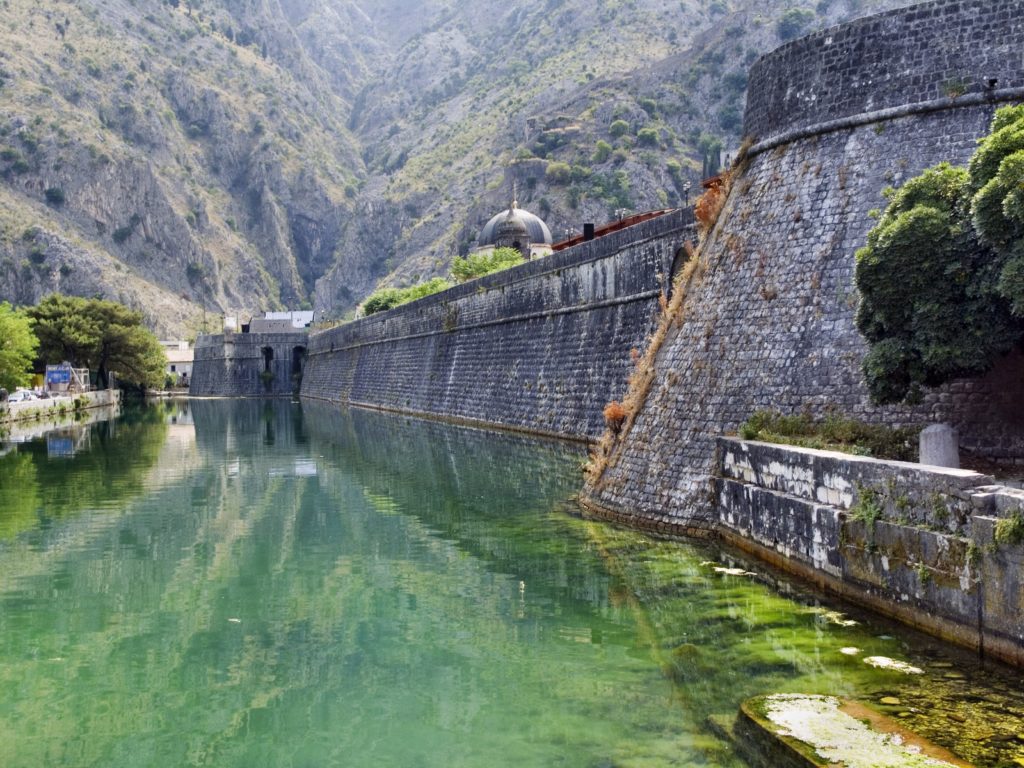
There are lots of interesting nooks and crannies to explore like this one
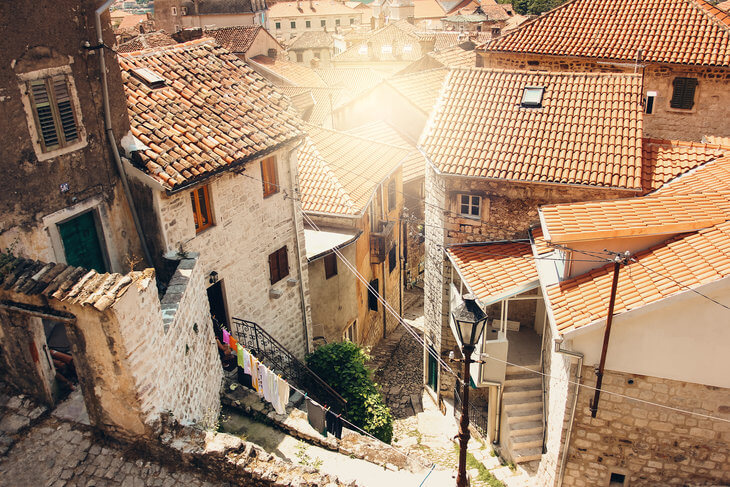 or the entrance to the fortress walk
or the entrance to the fortress walk
And although we might have passed the Karampana Well which has been adorned by this Baroque ironwork since the 17th century and was once the only source of water for the town, I don’t recall it nor did I take a photo of it:
So, clearly, Kotor had more to offer than we could see in the handful of hours we had there.
Closing the day.
When we reached Dubrovnik about two hours after leaving Kotor, Pat, who was either preternaturally calm about this or discovered it late in the day,ô revealed that she feared she might have lost her credit card. Immediately upon our arrival at the hotel she set off to a store where she’d made a purchase the day before. The clerk recognized her, smiled,ô and immediately handed Pat her card.
A relieved Pat joined Judy, Geanie, and me to set off for the restaurant Orsan for dinner. I’d read about it in advance of the trip and Damir had also suggested it as a place we might enjoy. He had also assured us we wouldn’t need a reservation. Perhaps because we got to the restaurant later than he anticipated or perhaps it was an unusually busy night but when we arrived at the restaurant, the maûÛtre d’ told us he was booked until late.
We returned to the hotel and ate at one ofô its restaurants called Taverna. The meal was fine if unexceptional but we ate outdoorsô with quiet live music playing in the background. The restaurant is also beside a playground and it’s always a pleasure to watch and listen to young children at play.
Tomorrow we head off to Sarajevo by way of Mostar.
